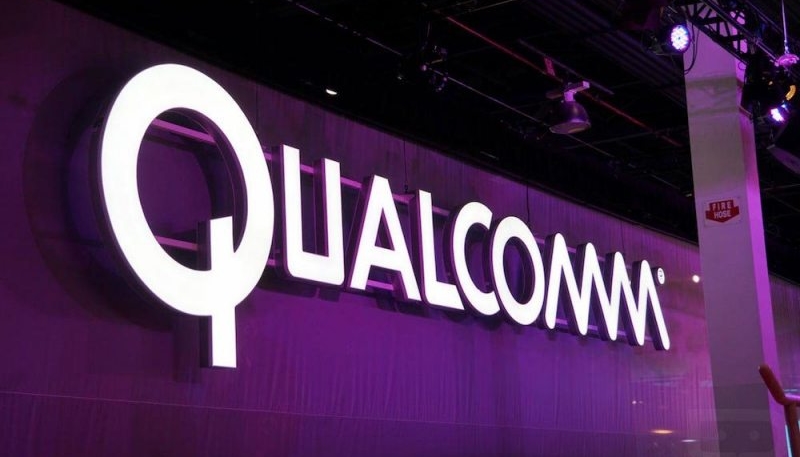Qualcomm on Thursday announced it will bring satellite-based connectivity to next-generation Android smartphones, providing smartphone manufacturers like Samsung and Google a way to offer an Emergency SOS via Satellite-like feature like the one Apple rolled out with its iPhone 14 models.
Powered by Snapdragon 5G Modem-RF Systems and supported by the fully operational Iridium satellite constellation, Snapdragon Satellite will enable OEMs and other service providers to offer truly global coverage. The solution for smartphones utilizes Iridium’s weather-resilient L-band spectrum for uplink and downlink.
Emergency messaging on Snapdragon Satellite is planned to be available on next-generation smartphones, launched in select regions starting in the second half of 2023.
“Robust and reliable connectivity is at the heart of premium experiences. Snapdragon Satellite showcases our history of leadership in enabling global satellite communications and our ability to bring superior innovations to mobile devices at scale,” said Durga Malladi, senior vice president and general manager, cellular modems and infrastructure, Qualcomm Technologies, Inc. “Kicking off in premium smartphones later this year, this new addition to our Snapdragon platform strongly positions us to enable satellite communication capabilities and service offerings across multiple device categories.”
The Snapdragon Satellite functionality will be used for emergency messages at the start and will operate similarly to Apple’s Emergency SOS via Satellite feature. The Qualcomm press release also mentions SMS texting and connectivity in remote, rural, and offshore locations as possible use cases for Snapdragon Satellite, suggesting that it may not be limited to use in emergencies in the future.
Snapdragon Satellite will be used first in smartphones. It can also be used for laptops, tablets, vehicles, and IoT devices.
At this time, we do not know how much Iridium, Qualcomm, and Android smartphone makers plan to charge customers for satellite access.


